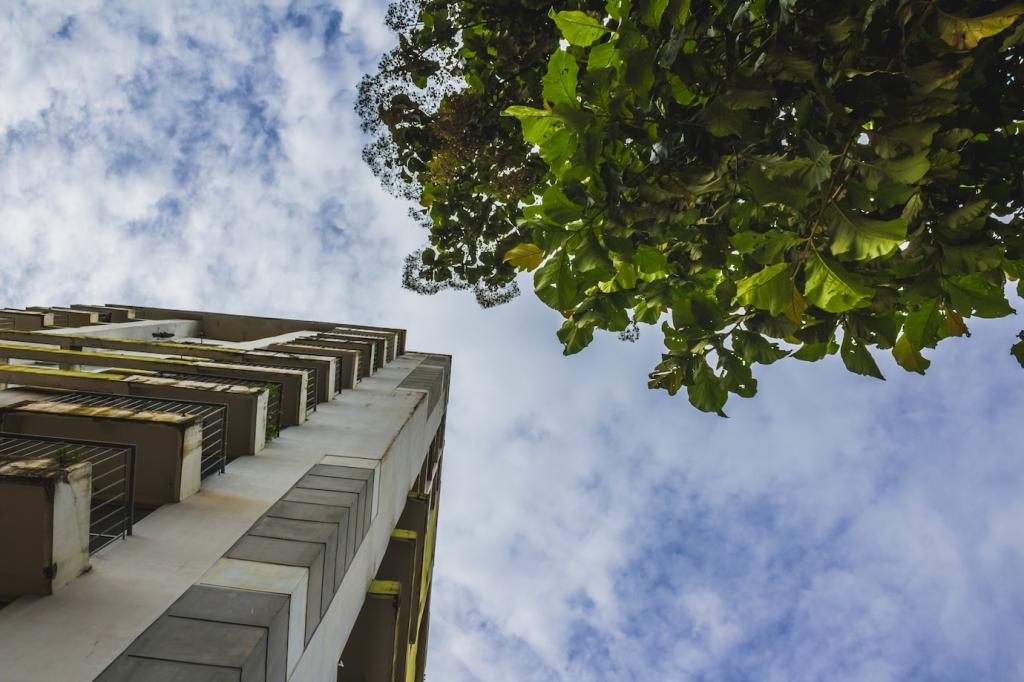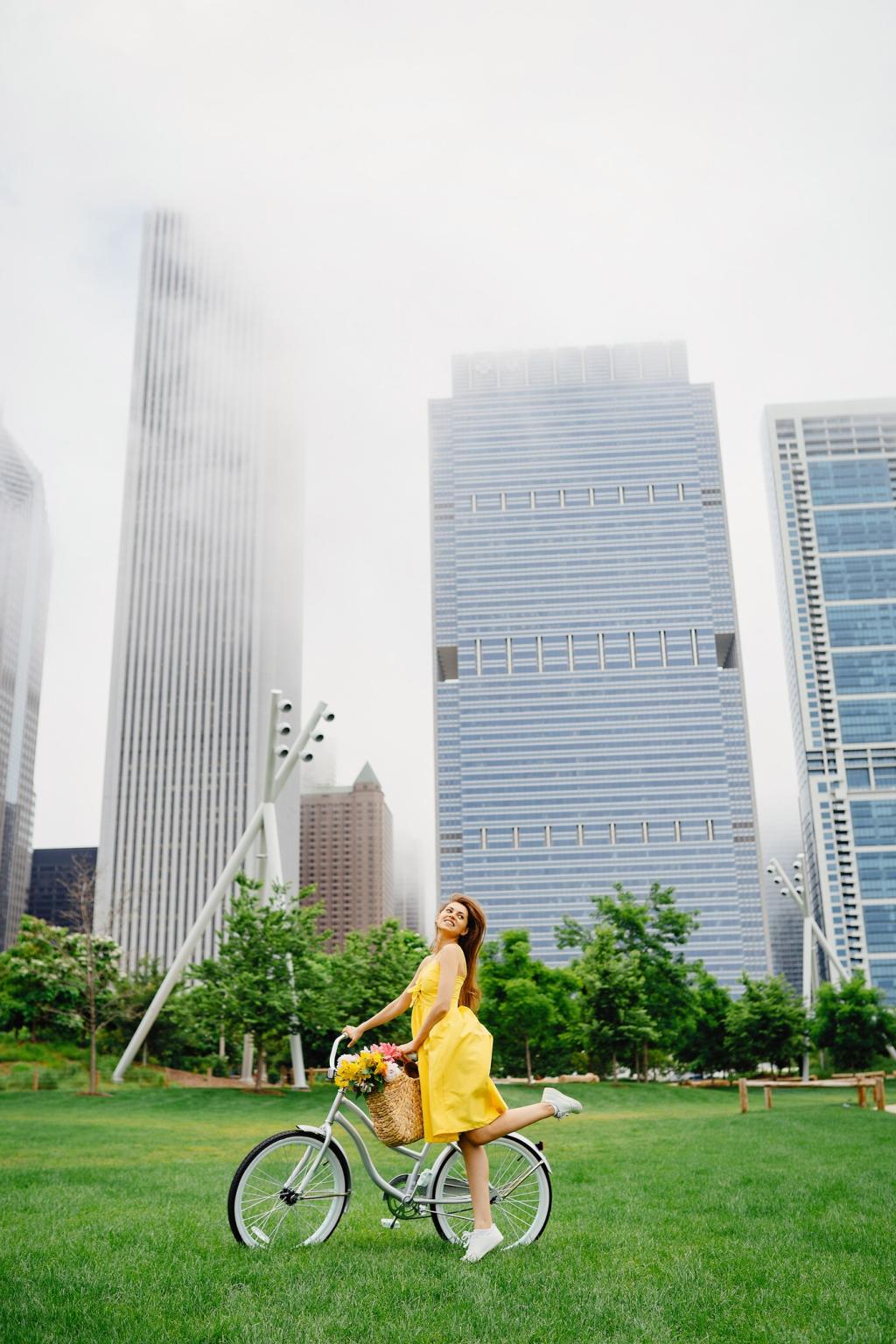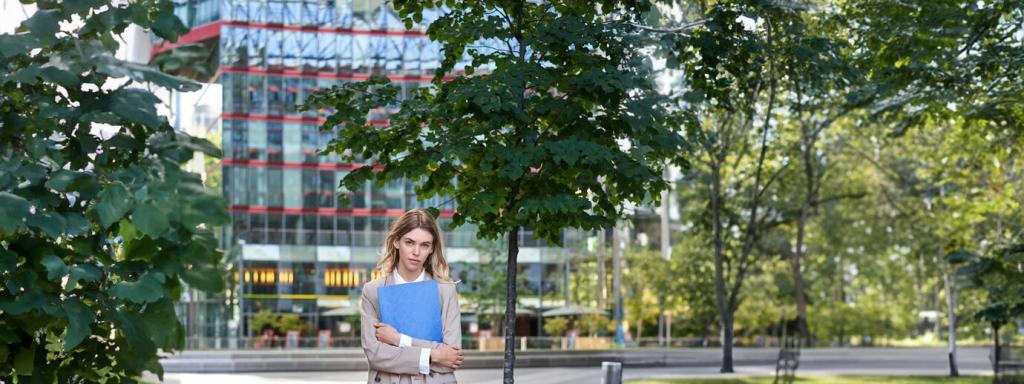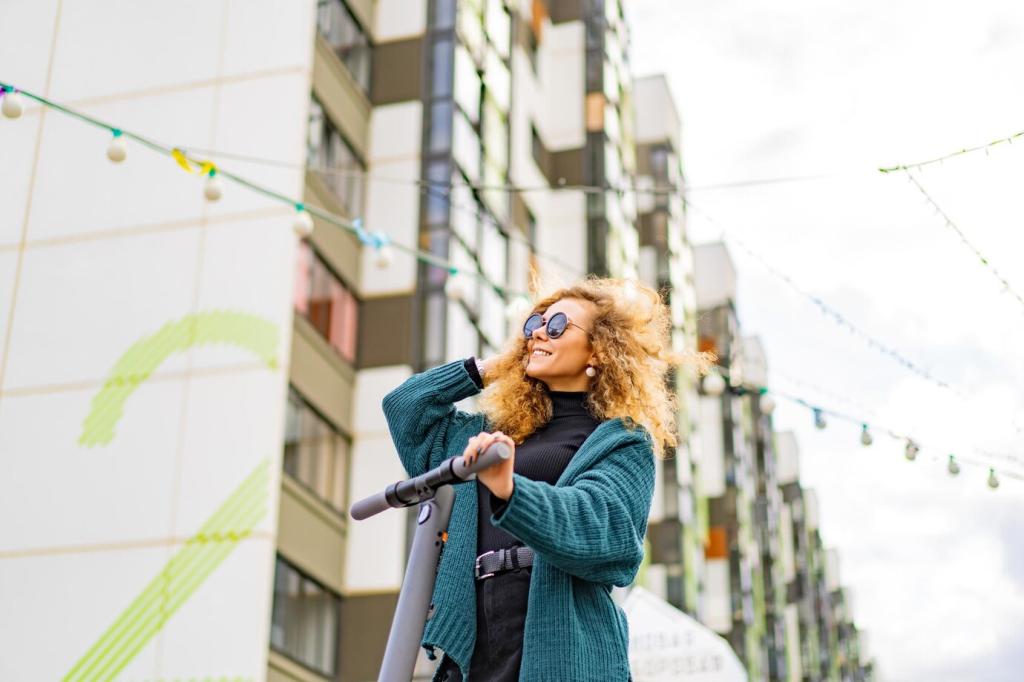Community Science and Participation
Use iNaturalist for plants and insects, eBird for birds, and Bumble Bee Watch for native pollinators. Photograph clearly, note host plants, and confirm locations. A grandmother recently logged a rare moth on laundry day—proof discoveries happen anywhere. Tag us in your finds.
Community Science and Participation
Host a weekend bioblitz with multilingual signs, accessible routes, and frequent rest stops. Measure a baseline, celebrate species, and repeat annually. Download our planning checklist, invite local experts, and subscribe for our volunteer management toolkit and printable field badges for kids and adults.
Community Science and Participation
Students can map street trees, tally pollinators, and test soil. Clipboards, chalk, and curiosity are enough to start. A science club transformed a dull courtyard into habitat after presenting data to principals. Share your class outcomes to encourage more schools to participate.







